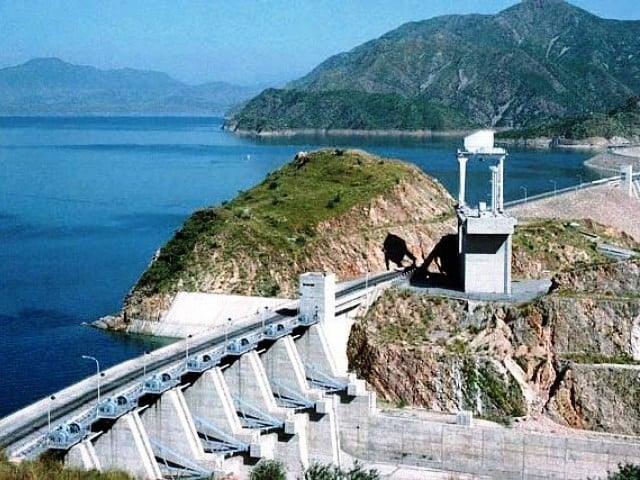Islamabad:
In accordance with the Indus River System Authority’s Advisory-CUM warning, which was issued on Wednesday, Tarbela Dam seems to touch his dead level minimum operating level of 1,402 feet foot-soon.
The water statistics were something not so alarming by Mangla Dam. The water level in the river Jhelum at Mangla was 1083.20 feet, which was 33.20 feet higher than its dead level of 1,050 feet. The influx and outflow of water was recorded at 20,000 CUSSCS and 15,200 CUSSCS respectively.
This means that there is some easily improved in the water flow. Agriculture in Sindh and Punjab on lack of irrigation water in the dams.
The release of water in Kalabagh, Taunsa, Guddu and Sukkur were registered as 35,700, 22,600, 16,600 and 5,900 CUSSCS respectively. Similarly from the river Kabul, a total of 17,900 CUSSCS WATER released at Nowshera and 5,200 CUSSCS released from River Chenab at Marala.
IRSA’s advisory committee was to hold its meeting on April 1 to discuss water flow accessibility and the overall scenario for the upcoming summer crop season, but it is likely to be held later in the first week of April due to Eid holidays.
Usually Tarbela Dam is considered the primary source of irrigation water for Sindh. Mangla -dam hardly feeds the province. The SUKKUR barrier feeds most of Sindh’s lands through its seven large channels. Guddu and SUKKUR barriers also provide water to Balochistan.
Guddu Barrage currently draws only water to Ghotki -Feeder – its left banking channel – while the right banking channel – Desert Pat -Feeder – delivers 1,900 CUSSCS to Balochistan, which also received 500 CUSCS for the Kachhi channel through the Taunsa Barrage until March 17. SUKKUR BARRAGE also delivered another 600 CUSCS to Balochistan.
Kotri Barrage had a power of 5,199 CUSERCS, including 1,200 CUSSCS for Karachi. Some quantities of about 200 CUSERCS were released to Hyderabad and Latifabad for drinking purposes.



